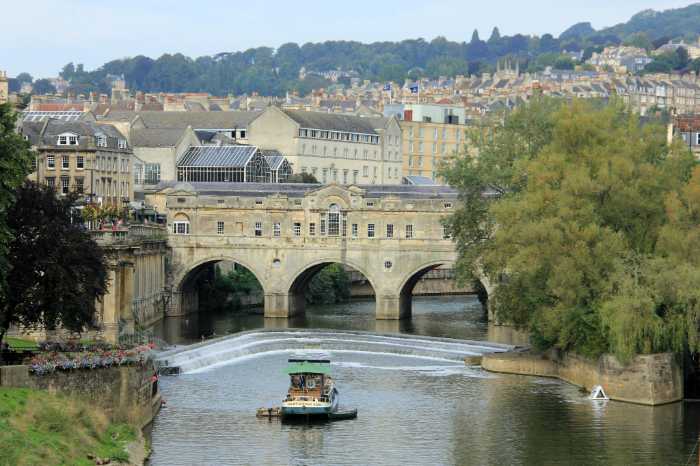
Bath
EnglandBath, the elegant city nestled in the rolling hills of Somerset, England, whispers tales of Roman sophistication and Georgian grandeur from its honey-colored stone streets. It wasn't always a fashionable spa town; its origins lie much deeper, rooted in the thermal springs that gave the city its very name. Legend attributes the discovery of these healing waters to the mythical Prince Bladud, father of King Lear, who supposedly cured his leprosy by bathing in the warm mud, a foundational myth that imbues the city with an ancient, almost magical quality. Consider this: Bath is the only entire city in the United Kingdom to be designated a UNESCO World Heritage Site. This prestigious recognition acknowledges its exceptional universal value due to its unique concentration of significant archaeological remains, Georgian architecture, and the natural hot springs that have attracted visitors for millennia. To wander through its perfectly preserved crescents and terraces is to step into a living museum of architectural history. Intriguingly, the Roman Baths, the city's namesake and a remarkably preserved ancient complex, were once much more than just bathing facilities. They were a social hub, a place for relaxation, worship, and even business transactions. The elaborate temple dedicated to the goddess Sulis Minerva highlights the spiritual significance of the springs to the Roman inhabitants, demonstrating a sophisticated understanding of both physical and spiritual well-being. Another fascinating aspect of Bath lies in its connection to the celebrated author Jane Austen. She lived in Bath for several years, and the city served as the backdrop for two of her novels, "Northanger Abbey" and "Persuasion." Walking the same streets that Austen herself would have strolled offers a tangible link to her literary world, and the Jane Austen Centre provides a delightful insight into her life and times in this fashionable Georgian spa town. Beyond its Roman and literary heritage, Bath boasts a unique architectural marvel: the Royal Crescent. This sweeping arc of thirty terraced houses, designed by John Wood the Younger, is considered one of the finest examples of Georgian architecture in the UK. Its perfectly symmetrical facade and harmonious proportions evoke a sense of classical elegance and grandeur, a testament to the sophisticated design principles of the era. Furthermore, Bath is home to Pulteney Bridge, one of only four bridges in the world to have shops built across its full span. Designed by Robert Adam, this elegant structure not only provides a vital crossing over the River Avon but also functions as a unique shopping street, seamlessly blending infrastructure with commerce in a visually striking way. Finally, for those with an appreciation for astronomy, William Herschel, the astronomer who discovered the planet Uranus, lived and worked in Bath. The Herschel Museum of Astronomy, located in his former home, commemorates his groundbreaking discoveries made while residing in the city, adding a celestial dimension to Bath's rich tapestry of history and innovation. To explore Bath is to encounter a city where ancient Roman rituals met Georgian elegance, where literary giants found inspiration, and where architectural marvels and astronomical breakthroughs contribute to its enduring and captivating allure.
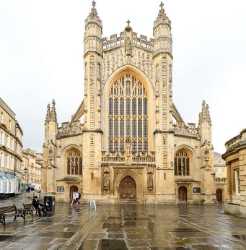 Bath Abbey
Abbey
Bath Abbey
Abbey
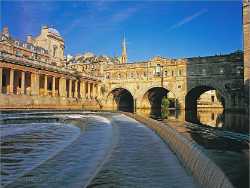 Pulteney Bridge
Bridge
Pulteney Bridge
Bridge
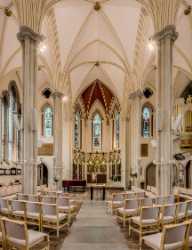 St Michael’s Church
Church
St Michael’s Church
Church
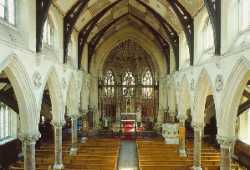 St John the Evangelist Catholic Church
Church
St John the Evangelist Catholic Church
Church
 Jenny Cowderoy Fine Art
Gallery
Jenny Cowderoy Fine Art
Gallery
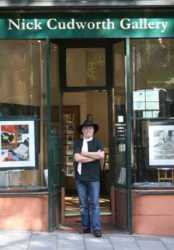 Nick Cudworth
Gallery
Nick Cudworth
Gallery
 Mary Shaw
Gallery
Mary Shaw
Gallery
 44AD Artspace
Gallery
44AD Artspace
Gallery
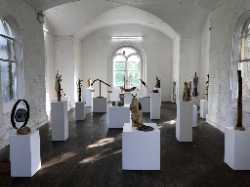 Walcot Chapel Arts Space
Gallery
Walcot Chapel Arts Space
Gallery
 Clarendon Fine Art Bath
Gallery
Clarendon Fine Art Bath
Gallery
 David Simon Contemporary
Gallery
David Simon Contemporary
Gallery
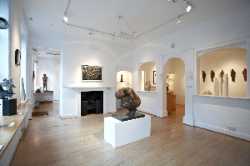 Beaux Arts Bath
Gallery
Beaux Arts Bath
Gallery
 Francis Gallery
Gallery
Francis Gallery
Gallery
 Red Rag Gallery
Gallery
Red Rag Gallery
Gallery
 Castle Fine Art
Gallery
Castle Fine Art
Gallery
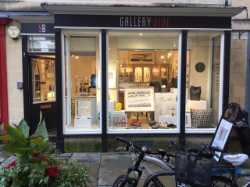 Gallery Nine
Gallery
Gallery Nine
Gallery
 Pencil Tree Gallery
Gallery
Pencil Tree Gallery
Gallery
 Adam Gallery
Gallery
Adam Gallery
Gallery
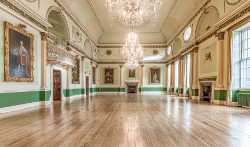 Guildhall
Historical landmark
Guildhall
Historical landmark
 Bath Farmers’ Market
Market
Bath Farmers’ Market
Market
 Guildhall Market
Market
Guildhall Market
Market
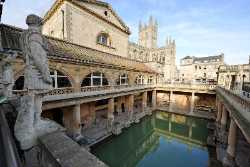 The Roman Baths
Museum
The Roman Baths
Museum
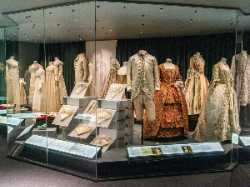 Fashion Museum Bath
Museum
Fashion Museum Bath
Museum
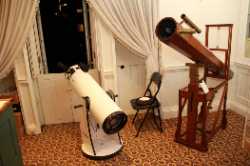 Herschel Museum of Astronomy
Museum
Herschel Museum of Astronomy
Museum
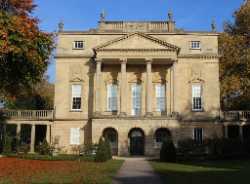 Holburne Museum
Museum
Holburne Museum
Museum
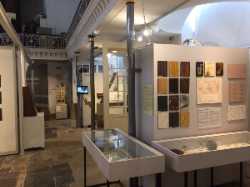 Museum of Bath Architecture
Museum
Museum of Bath Architecture
Museum
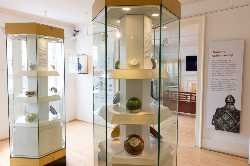 Museum of East Asian Art
Museum
Museum of East Asian Art
Museum
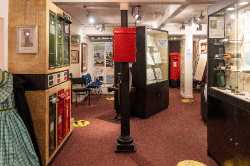 Bath Postal Museum
Museum
Bath Postal Museum
Museum
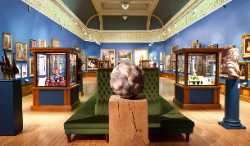 Victoria Art Gallery
Museum
Victoria Art Gallery
Museum
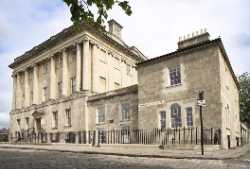 No. 1 Royal Crescent
Museum
No. 1 Royal Crescent
Museum
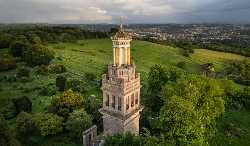 Beckford’s Tower and Museum
Museum
Beckford’s Tower and Museum
Museum
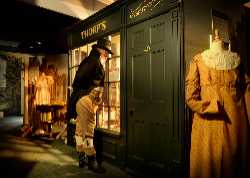 Jane Austen Centre
Museum
Jane Austen Centre
Museum
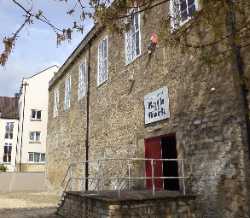 Museum of Bath at Work
Museum
Museum of Bath at Work
Museum
 American Museum & Gardens
Museum
American Museum & Gardens
Museum
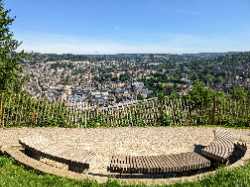 Alexandra Park
Park
Alexandra Park
Park
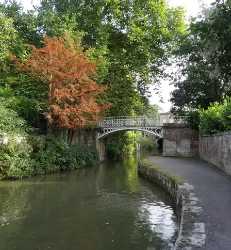 Sydney Gardens
Park
Sydney Gardens
Park
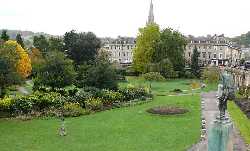 Parade Gardens
Park
Parade Gardens
Park
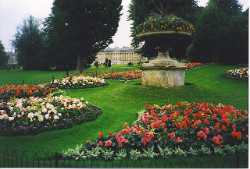 Royal Victoria Park
Park
Royal Victoria Park
Park
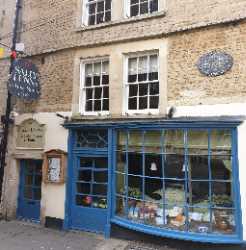 Sally Lunn’s Historic Eating House
Restaurant
Sally Lunn’s Historic Eating House
Restaurant
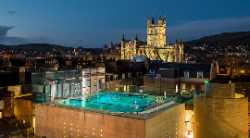 Thermae Bath Spa
Spa
Thermae Bath Spa
Spa
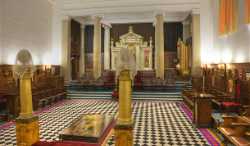 The Old Theatre Royal
Theatre
The Old Theatre Royal
Theatre
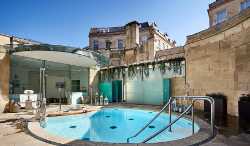 Cross Bath
Thermal Bath
Cross Bath
Thermal Bath
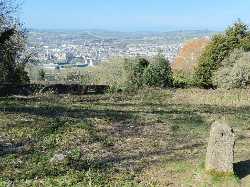 Bath Skyline Walk
Tourist attractions
Bath Skyline Walk
Tourist attractions
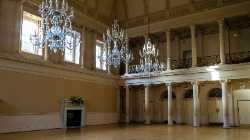 The Assembly Rooms
Tourist attractions
The Assembly Rooms
Tourist attractions